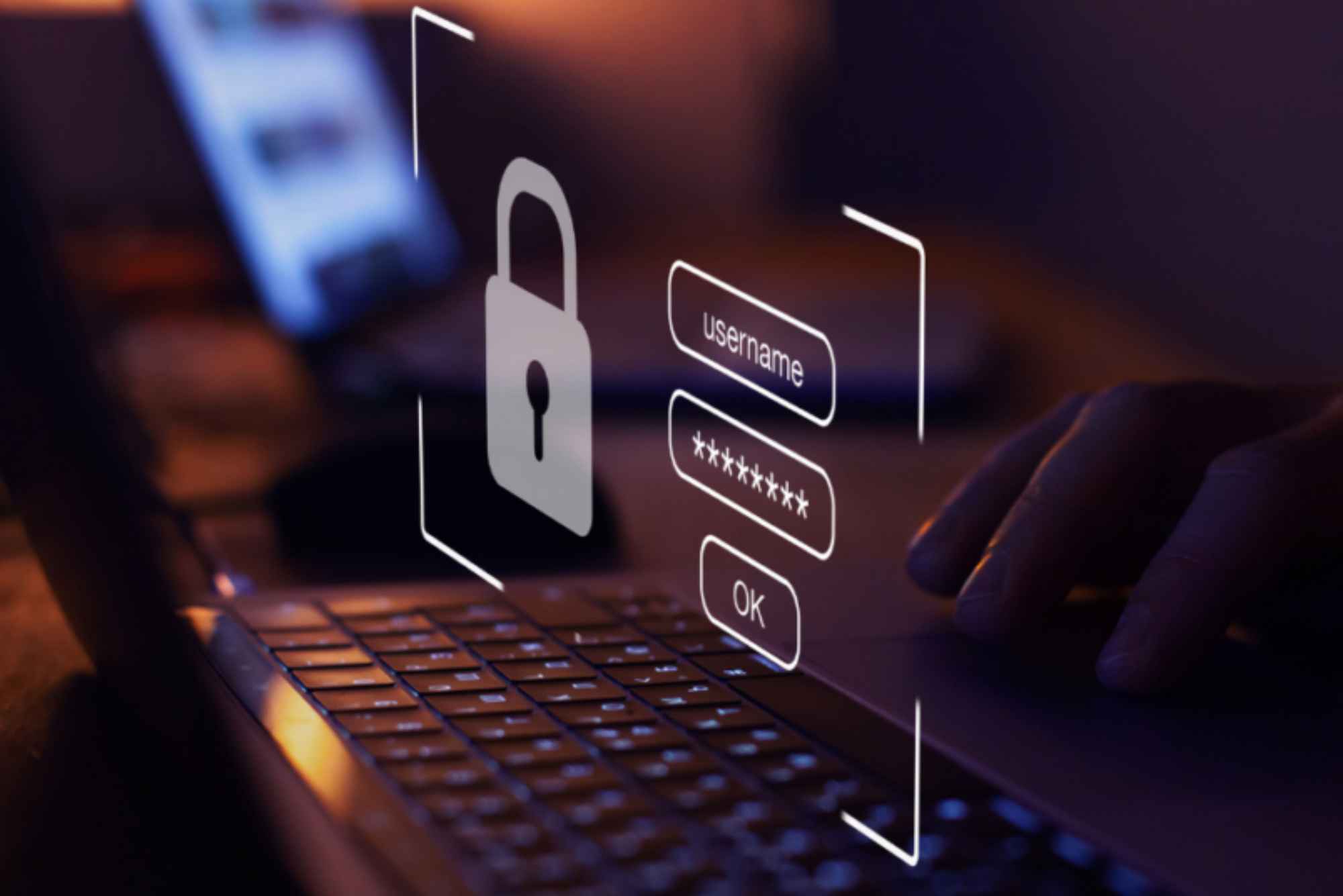In today’s digital landscape, cybersecurity is a critical concern for businesses and individuals alike as cyber threats continue to evolve Organizations must stay ahead by implementing robust security measures One of the key components in this effort is understanding and utilizing the Common Vulnerabilities and Exposures (CVE) system CVE plays a pivotal role in identifying and mitigating vulnerabilities that could be exploited by malicious actors In this article, we will explore the function of CVE in strengthening cybersecurity measures, its significance, and how it helps organizations protect their digital assets
Understanding CVE: Common Vulnerabilities and Exposures
CVE stands for Common Vulnerabilities and Exposures It is a standardized list of known cybersecurity vulnerabilities that are publicly disclosed Each vulnerability is assigned a unique CVE identifier that provides a common reference point for cybersecurity professionals, software developers, and organizations This system was created by the MITRE Corporation in 1999 and has since become a cornerstone of cybersecurity management
The primary objective of CVE is to provide a common language for describing vulnerabilities, making it easier for security experts to share information and coordinate efforts in addressing these threats By cataloging vulnerabilities in a standardized format, CVE helps streamline the process of identifying, analyzing, and mitigating security risks
How CVE Works: The Process Behind Vulnerability Identification
CVE entries are created through a community-driven process involving various stakeholders, including security researchers, vendors, and organizations When a new vulnerability is discovered, it is reported to a CVE Numbering Authority (CNA), which is responsible for assigning a unique CVE ID to the vulnerability The details of the vulnerability, such as its description, affected products, and potential impacts, are then published in the CVE database
The CVE database is publicly accessible, allowing anyone to search for vulnerabilities by CVE ID or keyword This transparency fosters collaboration among cybersecurity professionals and enables organizations to stay informed about the latest threats
The Importance of CVE in Cybersecurity
The function of CVE in strengthening cybersecurity measures cannot be overstated It plays a crucial role in various aspects of cybersecurity, including:
1. Standardization of Vulnerability Information
CVE provides a standardized format for reporting vulnerabilities, making it easier for organizations to understand and act on security threats This uniformity eliminates confusion that may arise from using different terminologies and descriptions, ensuring that everyone speaks the same language when discussing vulnerabilities

2. Enhancing Vulnerability Management
Vulnerability management is a critical component of any cybersecurity strategy CVE aids in this process by providing a comprehensive list of known vulnerabilities, enabling organizations to prioritize their security efforts By referencing CVE entries, security teams can quickly identify which vulnerabilities are relevant to their systems and take appropriate actions to mitigate them
3. Facilitating Patch Management
Patch management is essential for maintaining the security of software and systems CVE entries provide detailed information about vulnerabilities, including their severity and potential impact This data helps organizations decide which patches to apply first, ensuring that the most critical vulnerabilities are addressed promptly
4. Supporting Threat Intelligence
Threat intelligence involves collecting and analyzing information about potential cyber threats CVE contributes to threat intelligence efforts by providing up-to-date information on known vulnerabilities Organizations can leverage this data to assess their risk exposure and develop strategies to defend against emerging threats
5. Promoting Collaboration in the Cybersecurity Community
CVE fosters collaboration among cybersecurity professionals by providing a common reference point for discussing vulnerabilities Researchers, vendors, and security experts can share information more effectively, leading to faster identification and resolution of security issues This collaborative approach is essential for staying ahead of cybercriminals who are constantly developing new attack methods
How CVE Strengthens Cybersecurity Measures
The function of CVE in strengthening cybersecurity measures is multifaceted It enhances an organization’s overall security posture in the following ways:
1. Proactive Vulnerability Identification
CVE enables organizations to proactively identify vulnerabilities in their systems By regularly monitoring the CVE database, security teams can stay informed about new threats and assess whether their systems are vulnerable This proactive approach allows organizations to address potential security gaps before they can be exploited
2. Risk Assessment and Prioritization
CVE entries often include information about the severity of vulnerabilities, helping organizations prioritize their security efforts For example, vulnerabilities with a high CVE severity rating should be addressed immediately, while lower-severity issues can be scheduled for later remediation This prioritization ensures that resources are allocated efficiently, reducing the overall risk to the organization
3. Streamlined Incident Response
In the event of a cyberattack, time is of the essence CVE plays a crucial role in incident response by providing immediate access to detailed information about known vulnerabilities Security teams can use this data to quickly assess the nature of the attack, determine which vulnerabilities were exploited, and take appropriate action to mitigate the impact
4. Enhancing Security Awareness
CVE contributes to security awareness by educating organizations about the types of vulnerabilities that exist and how they can be exploited By understanding the threat landscape, organizations can implement security measures that address specific vulnerabilities, reducing the likelihood of successful attacks
5. Supporting Compliance with Security Standards
Many industry standards and regulations, such as the General Data Protection Regulation (GDPR) and the Payment Card Industry Data Security Standard (PCI DSS), require organizations to maintain secure systems and protect sensitive data CVE helps organizations meet these requirements by providing a comprehensive list of known vulnerabilities that must be addressed to achieve compliance
Challenges Associated with CVE
While CVE is an invaluable tool in cybersecurity, it is not without its challenges Some of the key challenges include:
1. Keeping Up with the Volume of Vulnerabilities
The number of vulnerabilities discovered each year continues to grow, making it difficult for organizations to keep up with the sheer volume of CVE entries Security teams must have robust processes in place to monitor and assess new vulnerabilities regularly
2. Varying Levels of Detail in CVE Entries
Not all CVE entries provide the same level of detail, which can make it challenging for organizations to fully understand the potential impact of a vulnerability In some cases, additional research may be required to assess the risk associated with a specific CVE entry
3. Coordination Among CVE Stakeholders
The effectiveness of CVE relies on the collaboration of various stakeholders, including researchers, vendors, and CNAs However, coordination can sometimes be challenging, leading to delays in vulnerability disclosure or inconsistent information sharing
The function of CVE in strengthening cybersecurity measures is critical in today’s rapidly evolving threat landscape By providing a standardized system for cataloging and sharing vulnerability information, CVE enables organizations to proactively identify and mitigate security risks It enhances vulnerability management, supports patch management, and promotes collaboration within the cybersecurity community Despite the challenges, CVE remains a cornerstone of effective cybersecurity strategies, helping organizations safeguard their digital assets and maintain a strong security posture










